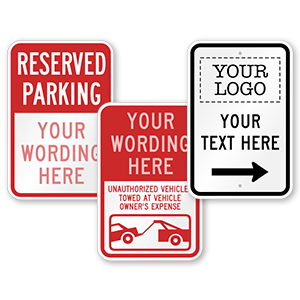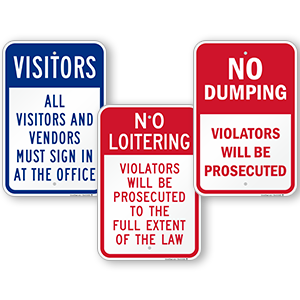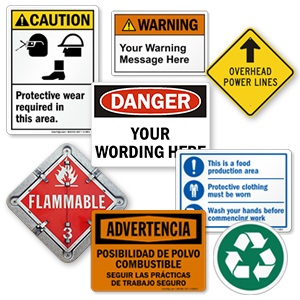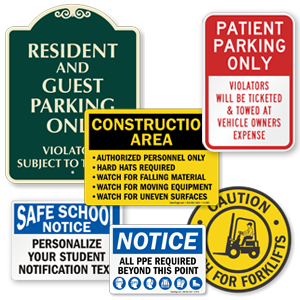Finding meaning in seemingly meaningless road signs
Whether through symbols or words, signs are meant to convey information. It’s what they do. So what does it mean when a sign seems…meaningless? That’s what the author of this article wondered when he spotted a few indecipherable road signs in upstate New York.

The confusing road sign in question. Image via Slate.
As it turns out, the signs aren’t so meaningless after all. Highway crews can read them just fine and use them to work on the roads. The signs simply aren’t meant for regular drivers—though motorists who spot them are more likely to be confused than to make the assumption it’s safe to ignore them.
While those signs appear to offer too little information, many of these examples offer too much. Drivers can’t figure these out either, with their mishmash of arrows and contradictory messages. A sign isn’t very effective when it creates more confusion than clarity.
Then, there are the funny signs like these, asking people not to throw stones (but only at that particular sign) and thanking people for simply noticing a sign. Was some transportation worker really just going for a laugh? Are the signs even real?
These signs take ridiculous to a new level, depicting a winged deer, directing visitors to the “Mammoth Restroom,” and instructing people not to fall down and to “Beware of Missing Foot,” for example. Most appear to be legitimate and many seem to be the result of misguided language translations—though you never can tell now that Photoshop’s in the picture.
When signs don’t do their jobs properly, people sometimes get angry—as this woman did when a painted message included a misspelling of a common (and, frankly, simple-to-spell) word. Drivers have every right to be irritated when they’re fined for disobeying the rules set out by unclear signs, as these motorists claim regarding a traffic diversion in London.
On the other hand, people can also use sign-related mistakes to their advantage. This guide suggests one way to get out of a parking ticket is to “gather evidence,” by taking pictures of signs that are covered and can’t be read. Take that recommendation a step further with photos of signs that are misspelled, contradictory, or just plain confusing, and it stands to reason you could have a pretty good case.
Clearly common sense is called for when making signs and posting them, as well as attempting to obey them. But no matter how outlandish the message, it’s wise to heed a sign’s warning if at all possible. When a sign claims conditions up ahead could send your wheelchair directly into an alligator’s jaws, consider another route. If instructed to look under your vehicle for penguins, don’t take any chances—just do it.
And if there’s a missing foot to beware of somewhere in the vicinity, laugh if you must. Then, thank goodness you’ve been forewarned.








